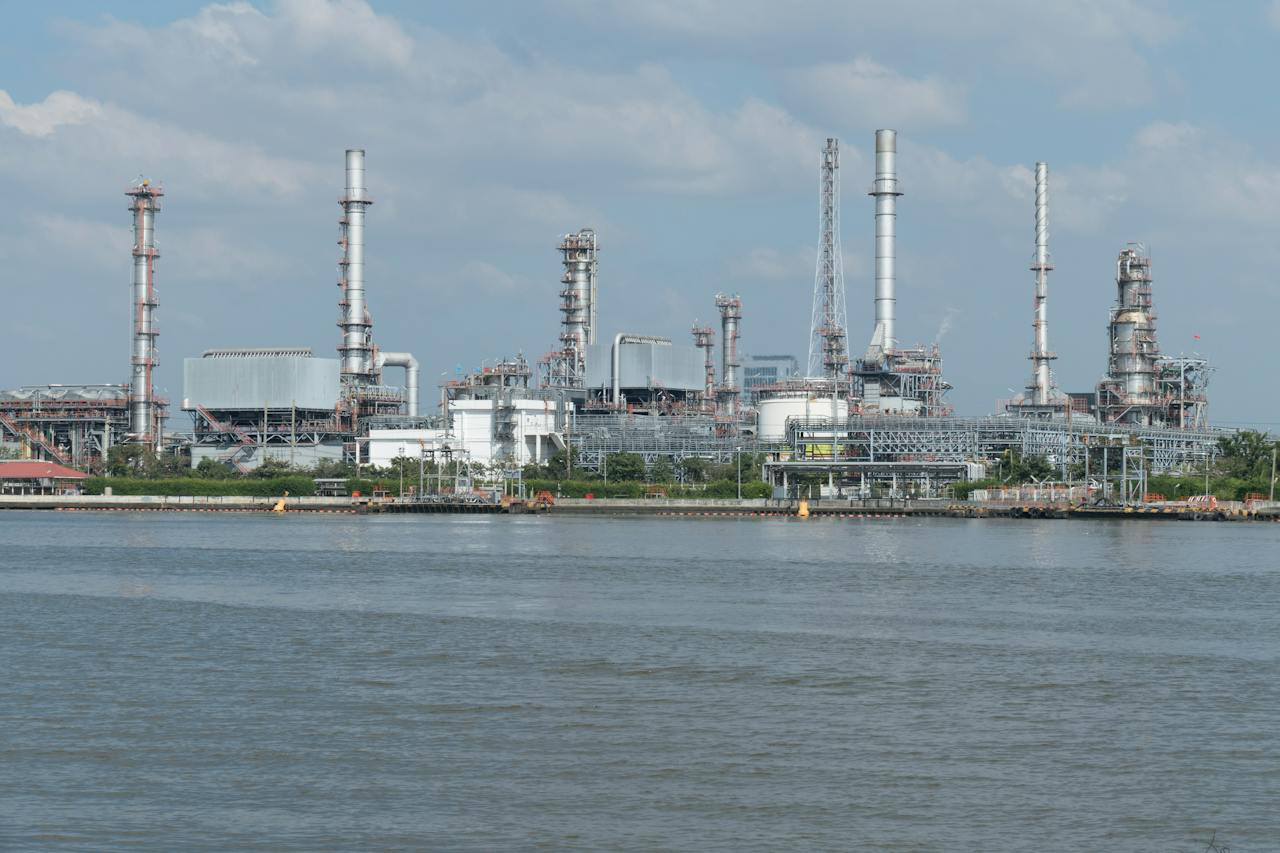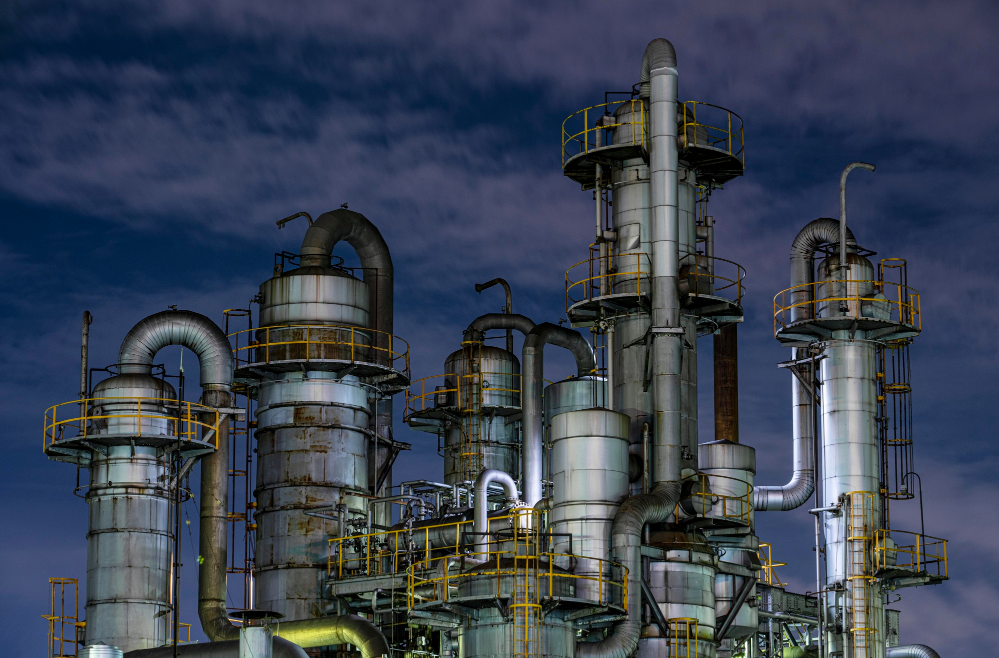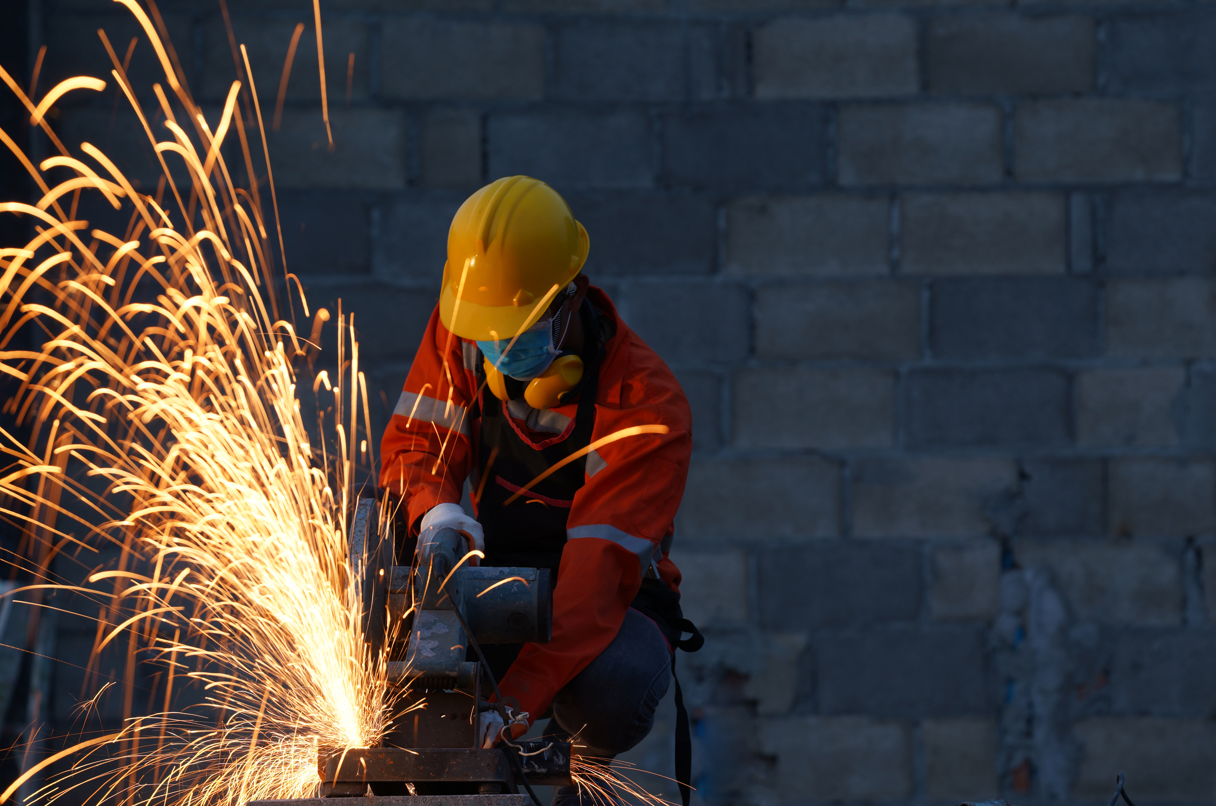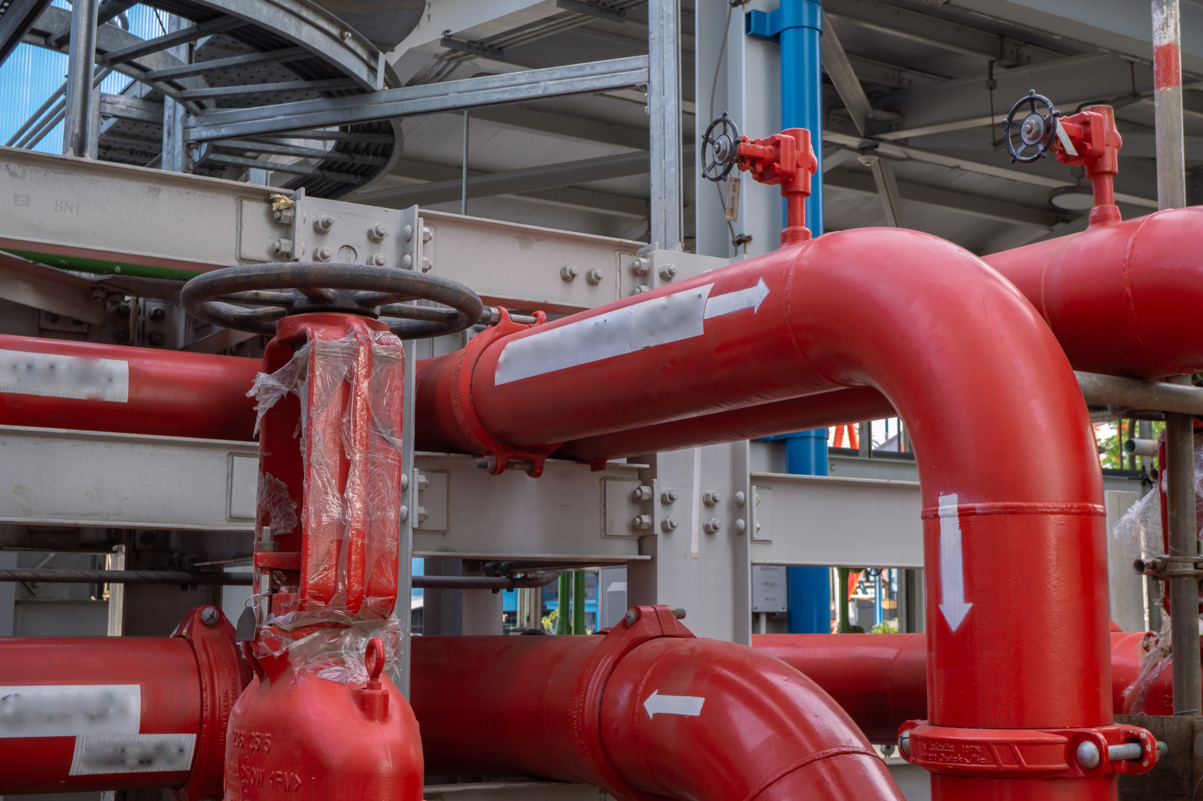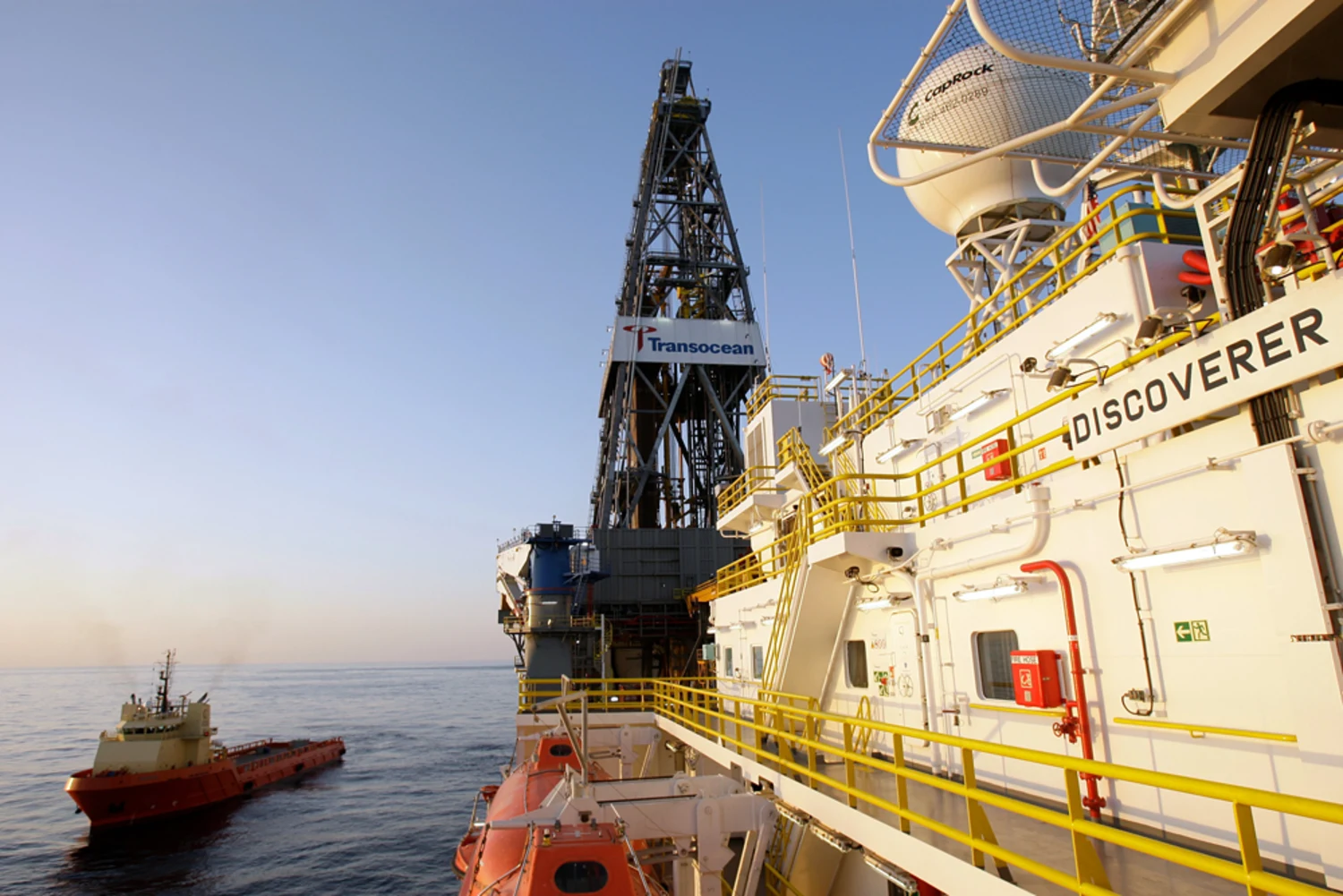In the industrial heating domain, two essential players stand out: direct and indirect fired heaters. Direct fired heaters directly expose materials to flames for efficient heat transfer, while indirect fired heaters use an intermediary heat transfer fluid to prevent direct contact with combustion gases. This article delves into the distinctive functionalities, applications, and key differentiators of these crucial components in industrial processes.
What Is A Direct Fired Heater?
A direct-fired heater is a device that produces heat by using fuel, such as gas or oil, to heat the air. It works by igniting a fuel source and using the resulting flame to generate heat. This heat is then transferred directly to the air or another substance that needs to be warmed. Direct-fired heaters are commonly used in various industrial processes, heating applications, and some residential heating systems. They provide a straightforward and efficient way to generate heat by directly using the combustion process.
What Are The Advantages and The Disadvantages of Direct Fired Heater?
It is important to grasp both the advantages and disadvantages of these heaters to make informed decisions when choosing a heating solution. This exploration will look into the benefits and drawbacks of direct-fired heaters, covering their efficiency, quick heating abilities, cost-effectiveness, and other factors that impact their practical use.
1. The Advantages of Direct Fired Heaters
|
Advantages of Direct-Fired Heater |
Detailed Explanation |
| Efficient Heat Transfer | Direct-fired heaters excel in heat transfer efficiency because they directly heat the air or substance without the need for an intermediary medium. This direct approach minimizes energy loss, ensuring effective warming of the target area. |
| Quick Heating | Due to the absence of an intermediate medium, direct-fired heaters offer rapid heating. The combustion process generates heat instantaneously, allowing for swift and efficient warming of the surroundings or substances. |
| Cost-Effective Operation | The simplicity of direct-fired heaters contributes to their cost-effectiveness. Their direct use of fuel for combustion results in lower operational and maintenance expenses, making them an economical choice for heating applications. |
| Flexible Fuel Options | Direct-fired heaters can be designed to accommodate various fuel types, such as natural gas, propane, or oil. This flexibility enables users to choose the most cost-effective or readily available fuel based on their specific requirements. |
| Compact Design | The compact design of direct-fired heaters makes them suitable for applications with limited space. Their space-efficient construction allows for easy installation in diverse settings, making them a practical choice for a range of heating needs. |
2. The Disadvantages of Direct Fired Heaters
|
Disadvantages of Direct-Fired Heater |
Detailed Explanation |
| Combustion Byproducts | The combustion process in direct-fired heaters produces byproducts such as carbon dioxide and water vapor. Proper ventilation is essential to ensure good indoor air quality and safety, as accumulation of these byproducts can be harmful. |
| Limited Temperature Control | Direct-fired heaters may offer limited options for temperature control. This limitation can pose a challenge in applications where precise temperature regulation is crucial, as these heaters may not provide fine-tuned adjustments. |
| Indoor Air Quality Concerns | When used in enclosed spaces, direct-fired heaters can impact indoor air quality due to the release of combustion byproducts. Adequate ventilation becomes important to maintain a healthy and safe environment. |
| Potential for Heat Loss | The direct transfer of heat in these heaters may result in some heat loss, especially in systems where the heated air needs to travel over long distances before reaching the intended area. This can affect overall efficiency. |
| Safety Considerations | Safety concerns arise from the use of an open flame in the combustion process. Proper safety measures, including the implementation of flame supervision devices, are crucial to ensure safe operation and prevent accidents. |
What Is An Indirect Fired Heater?
An indirect-fired heater is a device where the burner is fired into a heat exchanger, producing heat without directly exposing the substance or air to the flame. Instead of the combustion process occurring in the space to be heated, these heaters use an intermediary heat exchanger to transfer warmth.
The fuel burns outside the area needing heating, and the heat is then transferred through the heat exchanger to the air or substance. This method allows for a more controlled and separated heating process, addressing concerns related to combustion byproducts and providing a safer and more versatile heating solution.
Indirect-fired heaters are commonly used in various industrial and commercial applications where precise temperature control and safety are essential.
What Are The Advantages and The Disadvantages of Indirect Fired Heater?
Indirect-fired heaters are vital tools in numerous industrial processes and heating applications, employing a distinctive method where the burner directs heat into a separate heat exchanger. Understanding the advantages and disadvantages of these heaters is crucial for making informed decisions when selecting an appropriate heating solution.
1. The Advantages of Indirect Fired Heaters
|
Advantages of Indirect-Fired Heater |
Detailed Explanation |
| Improved Air Quality | Indirect-fired heaters contribute to better air quality by keeping combustion byproducts, such as carbon dioxide, outside the heated space. This design ensures a cleaner and safer environment, making them suitable for applications where air quality is a concern. |
| Precise Temperature Control | The use of a heat exchanger allows for precise temperature control in indirect-fired heaters. This feature is particularly beneficial in applications where maintaining specific temperature levels is crucial, providing greater accuracy in temperature adjustments. |
| Versatile Fuel Options | Indirect-fired heaters can be designed to accommodate various fuel types, offering flexibility in fuel choices based on factors like availability, cost, or specific application requirements. This versatility enhances their adaptability to different environments. |
| Safer Operation | The separation of the combustion process from the heated space enhances safety in indirect-fired heaters. This design reduces the risk of accidents associated with open flames, making them a safer option for a wide range of applications. |
| Reduced Heat Loss | The heat exchanger design in indirect-fired heaters minimizes heat loss, especially in systems where the heated air needs to travel over long distances. This results in improved overall efficiency and ensures that a higher percentage of generated heat reaches the intended area. |
What Is The Difference Between Direct Fire and Indirect Fired Heater?
1. The Disadvantages of Indirect Fired Heaters
|
Disadvantages of Indirect-Fired Heater |
Detailed Explanation |
| Complex Design | Indirect-fired heaters, with their heat exchanger components, have a more complex design. While this complexity enhances certain features, it can lead to potential maintenance challenges and higher upfront costs. |
| Energy Efficiency Trade-offs | While indirect-fired heaters excel in minimizing heat loss, their more intricate design may result in slightly lower energy efficiency compared to simpler direct-fired counterparts. There is often a trade-off between complexity and energy efficiency. |
| Initial Cost | The initial cost of indirect-fired heaters is generally higher due to their sophisticated design and the inclusion of a heat exchanger. However, these upfront costs may be justified by long-term benefits, such as improved safety and efficiency. |
| Space Requirements | Indirect-fired heaters may require more space due to the incorporation of a heat exchanger. This factor makes them less suitable for applications with strict space limitations or where compact designs are essential. |
| Slower Heating | The indirect heating process in these heaters can be slower compared to direct-fired heaters, especially in situations where rapid heating is a critical requirement. This aspect may impact their suitability for certain time-sensitive applications. |
In conclusion, both direct-fired and indirect-fired heaters offer distinct advantages and disadvantages that cater to specific needs and environments. Direct-fired heaters demonstrate efficiency by converting nearly 100% of fuel into heat, resulting in reduced operating costs and a smaller equipment footprint. They provide flexibility in size, higher turndown ratios, simplicity in installation, and longer equipment life expectancy. However, considerations such as ventilation requirements and the introduction of combustion by-products into the airstream should be addressed.
On the other hand, indirect-fired heaters excel in environments where combustion by-products must be avoided, making them preferable for spaces like offices, arenas, schools, and pharmaceutical applications. They allow for complete air recirculation, offer greater flexibility with cooling coils, and eliminate the risk of toxic gas creation.
However, their disadvantages include lower efficiency, higher equipment costs, increased complexity in installation and maintenance, larger equipment size, and less precise temperature control.
Ultimately, the choice between direct-fired and indirect-fired heaters depends on specific heating requirements, safety considerations, the nature of the intended workspace, and the application of the fired heaters. Careful evaluation of these factors will guide the selection of the most suitable heating solution for optimal performance and efficiency.
Considering the detailed information about direct-fired heaters provided earlier, it’s clear that having a thorough understanding of their design, operation, and safety aspects is essential for effective use. To deepen your knowledge on direct-fired heaters, we recommend you enroll in the API 560 Training offered by PetroSync.
This training program delves into the fundamentals, best practices, and industry standards related to direct-fired heaters. By participating in this training, you will acquire valuable insights and skills, empowering you to make well-informed decisions, enhance operational efficiency, and prioritize safety when dealing with direct-fired heater systems in your professional field. Seize this opportunity to expand your expertise and contribute to the optimal performance of direct-fired heaters in your industry.
Credit header image: Freepik

